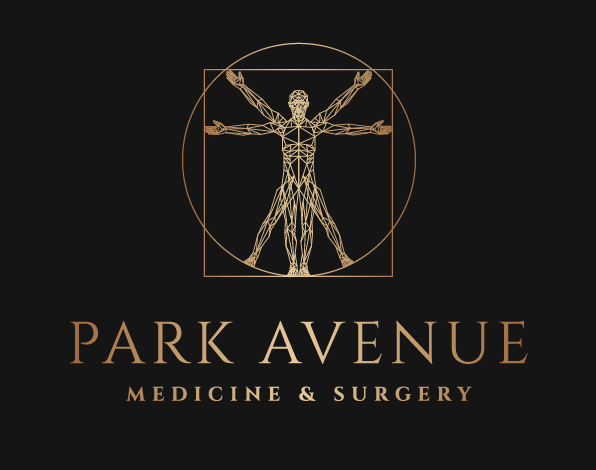The Impact of Cosmetics
Nowadays, cosmetics have almost become a necessity in the lives of many individuals. People feel the need to put their makeup on before leaving the house even if it takes up to an hour to do so. Why? One simple answer is that it’s because people like the way it makes them look. It makes people feel more confident about themselves and happier about their appearances. With the increasing market and the massive lineup of products every year, it becomes a wonder what it is that goes into making these goods. For those of us that use makeup, we may be applying these chemicals onto our faces almost on a daily basis, but could this have some sort of health consequence for our skin or even other parts of our body?
The question regarding the safety of these personal care and beauty products is greatly debated. One issue is that the U.S. Food and Drug Administration (FDA) doesn’t have the authority to watch over cosmetics as strictly as it does for food and drugs. Perhaps more importantly, what that means is that cosmetic products don’t have to be approved by the FDA before being marketed, nor are they actually checked to certify whether their claims are true. In the cosmetic industry, the FDA’s Office of Cosmetics and Colors states that “a cosmetic manufacturer may use almost any raw material as a cosmetic ingredient and market the product without an approval from FDA.”
As a result, studies have shown that many of the products marketed toward us are missing certain key ingredients or potentially dangerous chemicals under the claims of “trade secrets.” Such was the case about a decade ago, when phthalates, which are found in many consumer goods such as nail polish, perfumes, lotions and hair spay were not noted on their labels. The issue became a rising concern as studies from the CDC and Harvard School of Public Health demonstrated in 2004 and 2003 studies respectively, that exposure to this chemical has been correlated with DNA damage in the sperm. Since cosmetics are designed to penetrate through our skin, it’s no surprise that many cosmetic ingredients were found in common areas of the human body, including parabens in breast tumor tissue, fragrances like xylene in fat tissue, and phthalates in urine. Though, whether the discovered levels of these chemicals pose a risk to our bodies remains an ongoing study. However, the personal care industry remains confident in the safety of their ingredients such as phthalates, contributing to the continued controversy.
According to University of Rochester Medical Center, even if the cosmetics we use can be considered safe, that doesn’t mean that there aren’t any health risks associated with using them, especially if they’re not used correctly. Some of these safety concerns include eye infections, the spreading of bacteria on the skin, irritation around the eye, and allergens found in the products. Making it especially important to read the instructions for each product, particularly when using multiple products in combination with one another.
But what’s the final take? Researchers remain skeptical about the safety of cosmetics while the industry remains confident in their safety testing procedures. The FDA regulates the safety of these products, but there may also be cases where the labeling will state that the product safety has not been determined. Despite the ongoing debate, people continue to use cosmetics, making it a part of their daily lives, and some may be completely okay with that. With proper use from the instructions, perhaps the willingness to use cosmetics comes down to how much of a risk you’re willing to take and what one’s priorities are.
References:
https://www.urmc.rochester.edu/encyclopedia/content.aspx?contenttypeid=1&contentid=4498
https://www.ewg.org/skindeep/why-this-matters-cosmetics-and-your-health/
https://www.ncbi.nlm.nih.gov/pmc/articles/PMC1253722/
https://www.healthline.com/health/beauty-skin-care-cosmetics#product-safety



